
Vinegar seller in Bucharest, 1865, The Illustrated London News
How do you clean your fresh fruits and veggies from the farmer’s market, supermarket, or your own garden?
Every summer Austinites get a nasty case of cyclospora or other parasite that contaminates produce and leaves folks with some unpleasant GI symptoms. Food-borne illness can be the result of poor farming practices, worker uncleanliness when handling and packing produce, or via exposure to humans at the market (how many people sneeze at the grocery store then go touch *all* of the apples on display?! ).
This sets my inner germaphobe into a frenzy! Who wants to put potentially germ-covered food in their refrigerator? Next to the leftovers and herbs wrapped in a piece of damp cloth? Ehh, not me!
Designing a Produce Wash
There are a number of produce washes available for purchase at most supermarkets and a plethora of produce wash “recipes” and ideas from all manner of sources to be found on Pinterest. But what I really wanted was something I could sink my teeth into! Where’s the research? What’s the current federal guidelines? Can I trust the blogosphere to have my back when it comes to things like Listeria, e-coli, and other common produce contaminants?
As it turns out the FDA’s guidelines are to wash with water alone, maybe use a scrub brush if you’re washing melons and potatoes. Some extension websites suggest a vinegar wash for leafy produce, such as lettuce, to further reduce possible bacterial contamination. I ruled out Grapefruit Seed Extract (GSE) a handful of years ago after reading research that called into question its effectiveness. If it’s actually Triclosan that is the active component in GSE-containing products I don’t want to touch that with a ten foot pole! Then I read NPR’s interview with Cook’s Illustrated editors and finalized my veggie rinse.
Vinegar Hydrosol Vegetable Wash
3 cups distilled white vinegar
8-1/2 cups water
4 ounces hydrosol (optional, if not using use 9 cups water instead)
Pour ingredients into a large jug (I reuse my 1 gallon vinegar jug and write the formula on the jug in permanent marker) and shake to combine. I chose to use hydrosols for the recipe instead of essential oils as 1.) essential oils are hydrophobic and I didn’t wish to add a dispersant for a food-safe wash, 2.) I started distilling hydrosols (some are food-grade) earlier this year and have incorporated them a lot more into the care and cleaning of my home than ever before. If you plan to use a hydrosol I recommend ensuring it has been kept under refrigeration (hydrosols do not have preservatives added to them unless specified and those that do may not be food-grade), is less than 12 months old, was manufactured for therapeutic and food use and is not a waste produce of essential oil production. My favorite hydrosols for this vegetable wash has been: Lemon, Oregano, Lemon Balm, and Rosemary.
To use as a produce soak: add produce to a large salad spinner and cover with veggie wash. Soak for 2-5 minutes, drain, rinse with tap water, spin until dry (or use a cloth to dry).
To use as a produce spray: pour produce wash into a spray bottle, spray produce, rinse with water, dry.




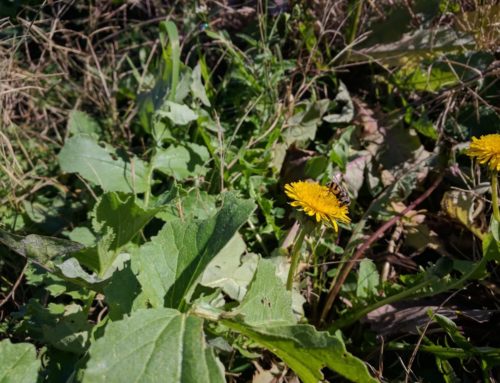
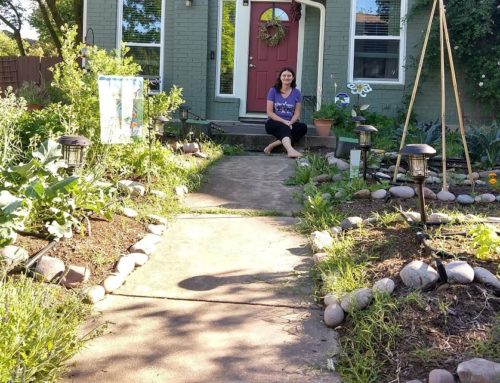
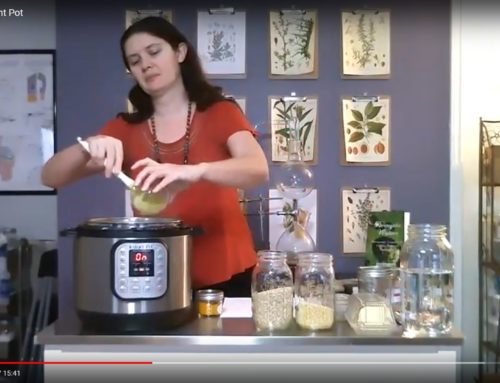
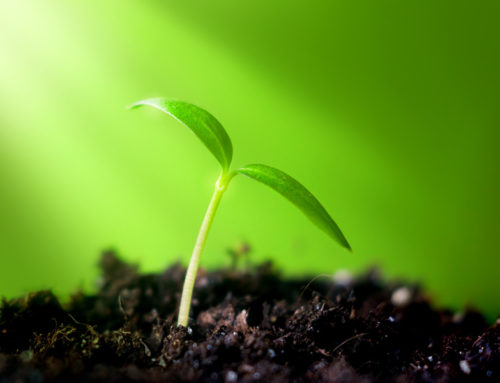
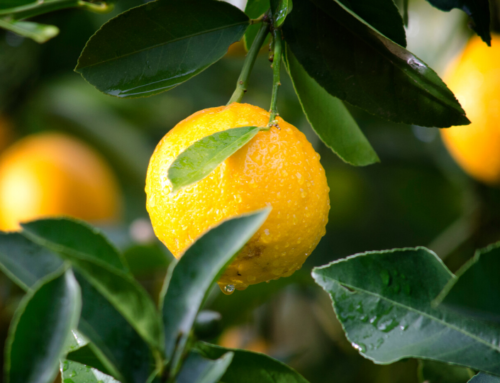
I just started using vinegar and water as my vegetable wash after 1) I saw you, Amy using it on your vegetables when I came for a visit and 2) when my doctor told me to soak my foot in vinegar and Epsom salt to get rid of gram positive and gram negative bacteria. Now I don’t use the Epsom salt as part of my vegetable wash because I haven’t seen the research around how food-safe the Epsom salt packaging companies have to be. Thank you for this article Amy. This is a good amount of research you’ve done.